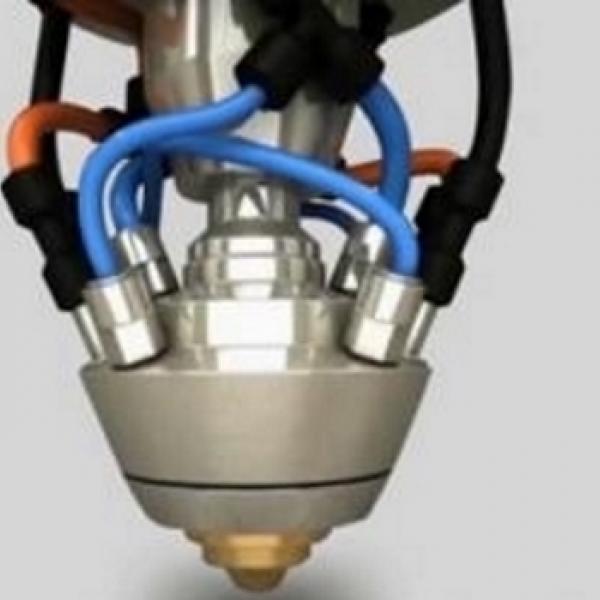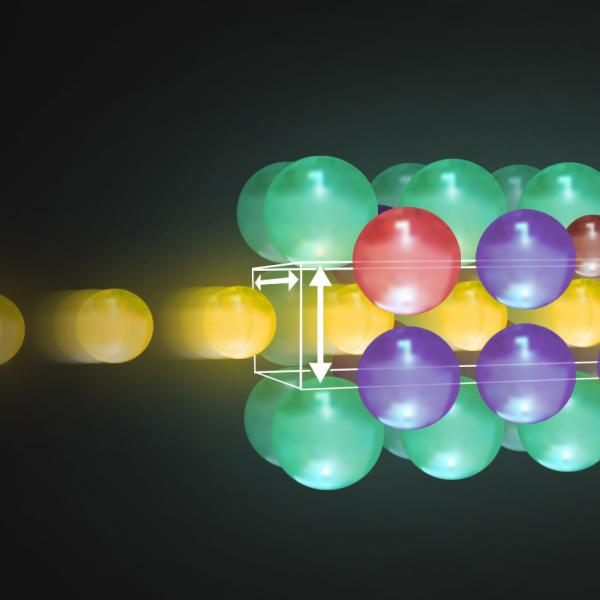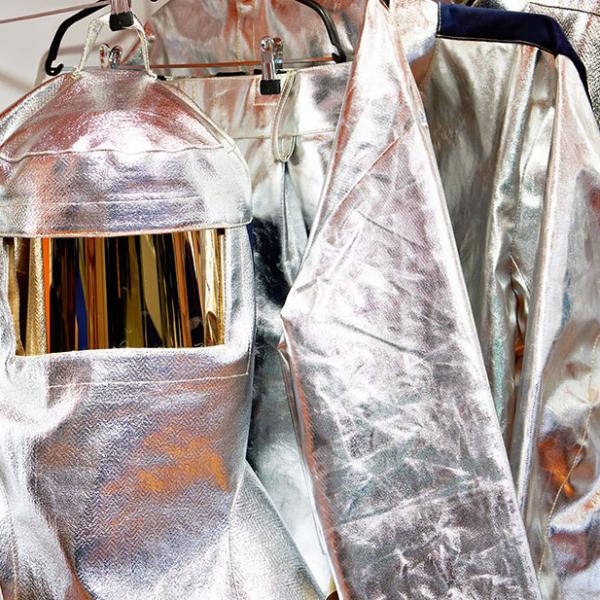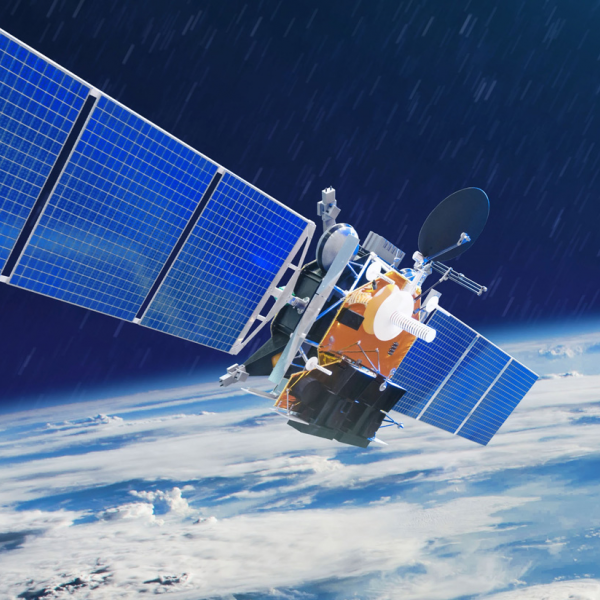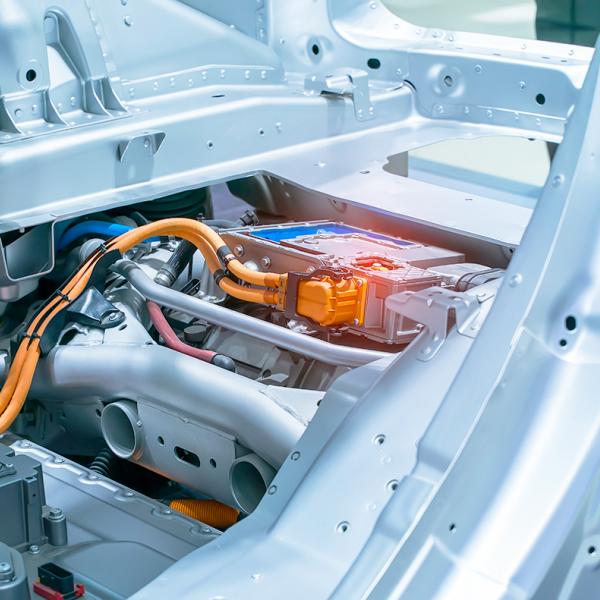2022 has been a big year for ANSTO with contributions to the advanced manufacturing, space, food, energy industries, and more. As we set our sights on 2023, we thought we'd take the opportunity to share some of our key innovation achievements from this year.
ANSTO's capabilities to support additive manufacturing have been greatly strengthened with the installation of the first-in-the-world custom-built powder Laser Metal Deposition (LMD) system that can be used for in-situ* experiments at the Australia Centre for Neutron Scattering.
Energy researchers from UNSW have reported progress using controlled architectural design and structural engineering as a method to fine-tune materials to have simultaneous high power and high energy density for electrochemical storage in portable devices.
Scientists from UNSW and ANSTO have characterised the structure of advanced materials, that could be used as a lightweight fire-retardant filler.
A team under Professor Guan Heng Yeoh, Director of the ARC Training Centre for Fire Retardant Materials and Safety Technologies at UNSW and Thermal-Hydraulic Specialist at ANSTO, are working to commercialise advanced products for bushfire fighting, building protection and other applications.
A pioneering new technique using synchrotron light captures the complex interaction of roots and soil. The insights have the potential to predict the effectiveness of products to improve soil quality before their use.
The approach uses 3D reconstructed images from the Imaging and Medical beamline at ANSTO's Australian Synchrotron.
Monash researchers have developed a method to prepare elongated nanocrystals to deliver therapeutic drugs. Elongated nanocrystals can carry a high payload of drugs to potentially increase drug targetability and also decrease dosage frequency and side effects.
The researchers used a combination of deuteration, X-ray and neutron techniques at ANSTO to distinguish the three layers of the nanocrystal.
Australian and international researchers have developed advanced microelectronics that are resistant to the harsh radiation in space and other environments.
The microelectronics were tested at ANSTO's Centre for Accelerator Science, where a high energy microprobe technology can simulate the effects of space radiation.
Testing at ANSTO's Centre for Accelerator Science supports an action plan just published by the Australian Packaging Covenant Organisation (APCO) to phase out per- and polyfluoroalkyl substances (PFAS) in fibre-based food contact packaging in Australia by December 2023.
PFAS compounds have a range of useful applications but are very resistant to degradation in the environment, which makes them potential environmental pollutants.
A large international team led by scientists from the Institute for Superconducting and Electronic Materials at the University of Wollongong has verified that the introduction of novel molecular orbital interactions can improve the structural stability of cathode materials for lithium-ion batteries.
The production of better cathode materials for high-performance lithium-ion batteries is a major challenge for the electric car industry.
Jobs supported through the nandin Innovation Centre at ANSTO have skyrocketed 360 per cent since opening, with member businesses raising more than $3.9 million in capital, in a major boost for the local Sutherland Shire economy.
nandin now supports 35 businesses and startups which are developing and commercialising new cutting-edge technologies and designs.

